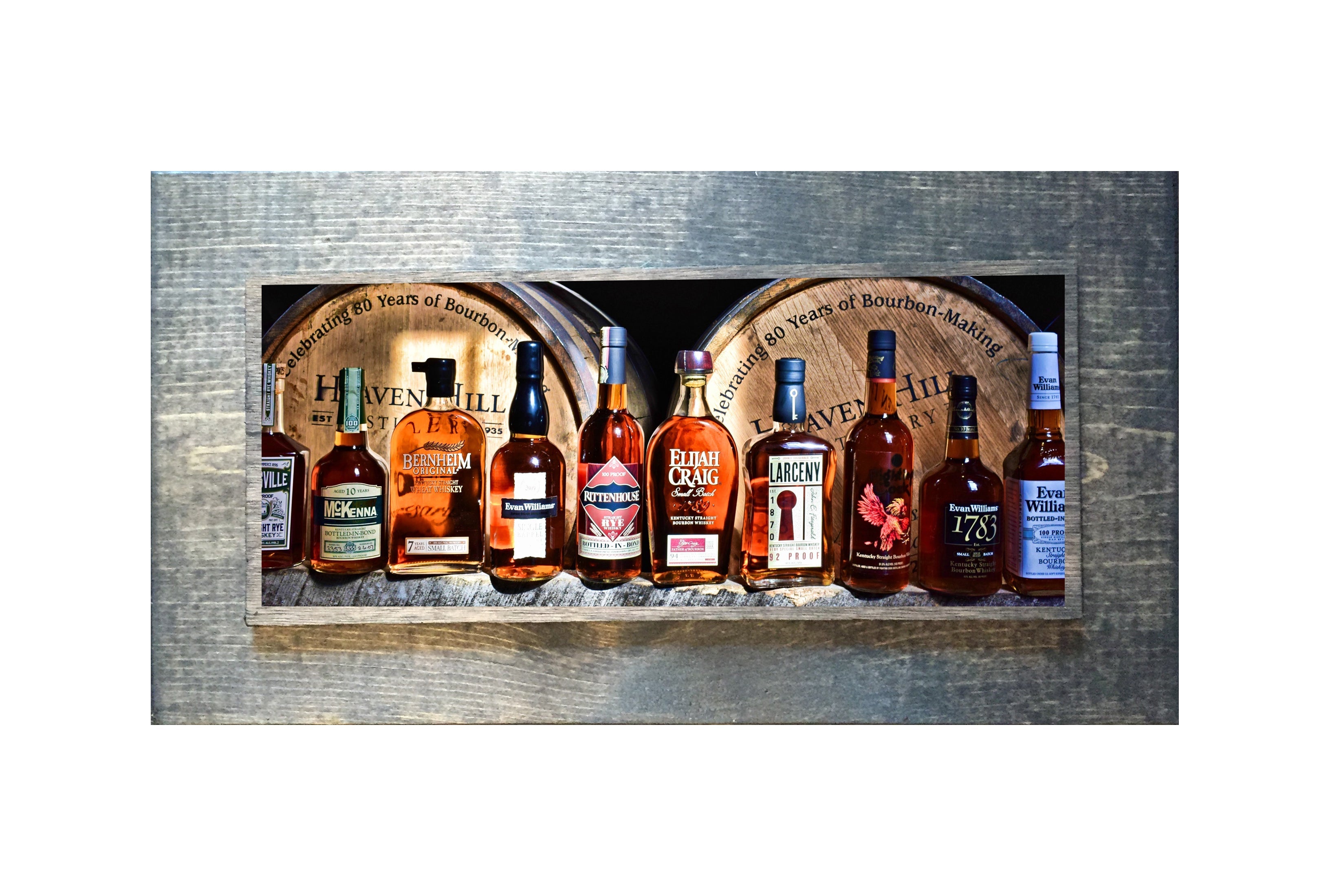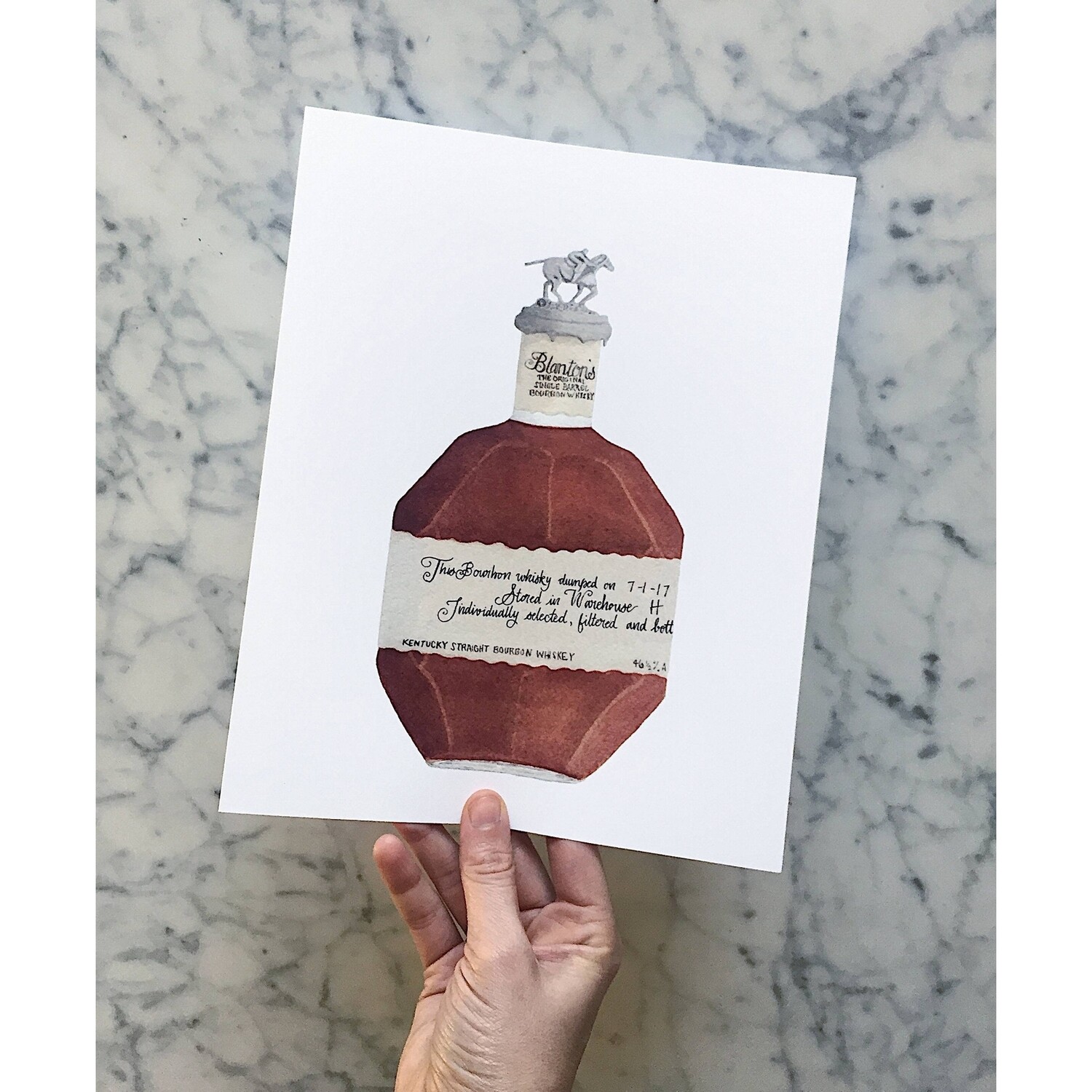The Appeal of Realism Art: A Deep Dive into Whiskey's Rich Heritage
The Appeal of Realism Art: A Deep Dive into Whiskey's Rich Heritage
Blog Article
The Relevance of Whiskey Art in Celebrating Heritage and Workmanship in the Beverage Sector
The complex connection in between whiskey art and the celebration of heritage and workmanship within the drink sector can not be overemphasized. With thoughtfully created tags and containers, whiskey brands envelop their historic roots and the artisanal skills that specify their manufacturing approaches. This imaginative measurement not only improves market allure however also acts as an avenue for cultural narration, cultivating a deeper connection between the customer and the craft. As we discover the different elements of this topic, fascinating concerns regarding the influence of modern-day patterns on standard methods arise, motivating further evaluation.
The Historic Roots of Whiskey
At the heart of whiskey's attraction lies a rich tapestry of historic roots that map back to ancient civilizations. The origins of scotch can be connected to the distillation methods of the Sumerians and Babylonians around 2000 BCE, where early types of fermented grain drinks began to arise. It was in the Center Ages that the art of purification developed substantially, particularly in Ireland and Scotland, leading to the production of whiskey as we recognize it today.
The term "scotch" itself obtains from the Gaelic word "uisce beatha," implying "water of life." This phrase emphasizes the cultural importance of scotch in Celtic societies, where it was commonly related to routines, parties, and communal bonding. By the 15th century, distillation ended up being an identified craft within reclusive communities, paving the way for the establishment of legal distilleries.
As trade routes expanded, whiskey's appeal grew, transcending regional limits and catching the rate of interest of lovers worldwide. Whiskey Art. This historic journey reflects not just the craftsmanship behind whiskey manufacturing however also its important function in social and cultural contexts, noting it as a considerable beverage throughout background
Artistic Expression in Branding
Scotch branding stands as an engaging intersection of creativity and commerce, where aesthetic identity plays an essential role in forming consumer perception. The looks of scotch labels, packaging, and marketing products mirror not only the brand's story yet likewise its core values and heritage. Through artistic expression, distilleries share a story that resonates with consumers, stimulating emotions and sparking links.
Making use of shade, typography, and imagery in branding offers to distinguish items in a saturated market. For example, traditional concepts may stimulate a sense of credibility and craftsmanship, while modern-day styles can signify technology and forward-thinking. This calculated imaginative direction boosts brand recognition and commitment, allowing consumers to build a personal connection with the bourbon they choose.
Additionally, artistic expression in branding commonly acts as a celebration of local heritage. Distilleries regularly integrate regional icons or historical references into their styles, producing a local color that invites consumers to take part in a wider cultural experience. Eventually, the creativity behind scotch branding not only enhances aesthetic appeal yet also improves the general story of the brand, promoting a much deeper recognition for the craftsmanship and heritage embedded in each container.
Workmanship in Bottle Design
The creativity noticeable in scotch branding expands beyond visual identification to include the workmanship included in bottle style. Each bottle functions as a vessel not simply for the spirit within, but additionally for the story it informs regarding its high quality, origin, and tradition. The design procedure requires precise interest to detail, as aspects such as material, shape, and closure add dramatically to the general understanding of the bourbon.
Workmanship in container layout entails selecting premium glass that can webpage improve the scotch's shade and quality, while also giving a responsive experience for the consumer. The shape of the container need to be both cosmetically attractive and functional, often reflecting the heritage of the brand. Many distilleries choose one-of-a-kind forms or embossed logos that evoke a sense of credibility and background.
Additionally, the tag layout and typography play a crucial duty in interacting the brand's story. Realism Art. A well-crafted bottle not just astounds the consumer's eye however likewise strengthens the brand name's commitment to high quality and practice. In this way, the workmanship of bottle layout ends up being an important element of the bourbon experience, combining artistry with a profound regard for heritage
Social Value of Bourbon Art
Commemorating practice and workmanship, the cultural significance of bourbon art goes beyond simple visual appeals, intertwining with the historical and social stories of the areas from which it comes from. Each container offers as a canvas, portraying the one-of-a-kind stories, folklore, and practices that have shaped regional whiskey-making techniques. The elaborate styles commonly mirror the heritage of the distillers, integrating signs and motifs that reverberate with the culture and worths of their areas.

Additionally, whiskey art plays a vital role in communal celebrations and parties, serving as a tangible web link in between individuals and their shared experiences. By appreciating the creativity in bourbon product packaging, customers cultivate a deeper understanding and regard for the craft, ultimately enhancing their satisfaction of the drink itself.
Modern Trends in Whiskey Presentation
Recently, the discussion of bourbon has actually progressed to reflect contemporary tastes and patterns while still honoring traditional workmanship - Realism Art. Distilleries are significantly concentrating on visual aspects that boost the total alcohol consumption experience, linking the space in between heritage and modernity
Cutting-edge bottle layouts have emerged, commonly including lasting materials and creative labels that tell compelling tales. Many brands currently work together with neighborhood artists, infusing their items with one-of-a-kind aesthetic expressions that reverberate with consumers. Furthermore, limited-edition releases are usually packaged in collectible containers, including worth and appeal for aficionados.

Final Thought
In final thought, bourbon art serves as a crucial channel for expressing the heritage and workmanship integral in the beverage market. Through intricate branding, ingenious my sources bottle designs, and culturally significant imaginative elements, scotch brand names successfully recognize their traditions and connect with customers.


Workmanship in bottle layout entails choosing top notch glass that can improve the bourbon's shade and clarity, while likewise supplying a tactile experience for the consumer. In this way, the craftsmanship of container layout ends up being a crucial facet of the scotch experience, merging artistry with a profound regard for heritage.
In final thought, scotch art serves as a vital avenue for sharing the heritage and craftsmanship integral in the beverage sector.
Report this page